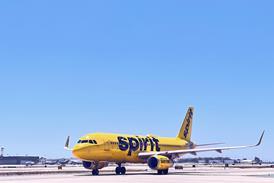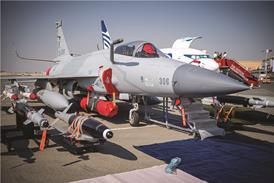Automated procedures may have contributed to accident
Air traffic controller representatives have expressed serious concerns over the Brasilia area control centre connected with September's fatal mid-air collision, claiming that automated procedures may have contributed to the accident.
Representatives of the Brazilian International Federation of Air Traffic Controllers' Associations (IFATCA) visited the Cindacta-1 centre last month, days after the collision between a Gol Boeing 737-800 and an Embraer Legacy.
IFATCA says the centre's airspace monitoring system can automatically update altitude-clearance information on the controller's display, without controller intervention. An aircraft's cleared altitude normally appears on a controller's display in the flight's data-block.
Once a controller issues a new altitude clearance, this information is fed manually into the system. But the Cindacta-1 system is able to update the cleared flight level automatically, once an aircraft passes a particular waypoint, to the altitude given by the flight plan - without any direct involvement from the controller, and with no prominent indication that this has occurred.
"Of course, the situation is not that dramatic when all runs well and according to the book," says the federation. "In these cases, when scanning the radar screen, controllers will notice the discrepancy, issue a proper descent clearance, and so correct the situation."
But the Legacy's flight plan called for an altitude change from FL370 to FL360 after passing the Brasilia VOR. During the transition across the VOR, there was no radio communication between the aircraft and the centre, and the Legacy maintained FL370 as it joined an airway towards Manaus - the airway along which the 737 was heading, also at FL370, in the opposite direction.
The Cindacta-1 system nevertheless automatically updated the Legacy's cleared flight level to FL360, as given by the flight plan. Loss of the Legacy's transponder information shortly afterwards, says IFATCA, eliminated a crucial indication to controllers that there was a mismatch over its altitude.
The federation adds that while Brazilian military 3-D primary radar provides flight-tracking and altitude information, if secondary surveillance data is lost, long-range triangulation can result in an aircraft's altitude being inaccurately calculated. "To date, IFATCA has not received a convincing explanation of why the software of [the Cindacta-1 centre] is tuned in such a strange way," says the federation. "We are also at a loss to understand why the very unreliable calculations of military primary radars are shown to civilian controllers."
IFATCA describes the Cindacta-1 set-up as "non-error tolerant" and says that it believes this created an "unacceptable system trap" which reduced the situational awareness of both the controllers and pilots.
|
The two US Embraer Legacy pilots stranded in Brazil for more than two months since the Gol collision are expected to be freed before Christmas. According to local press reports, the pilots will be asked to provide a second deposition to the federal police in charge of the criminal investigation before mid-December. Barring any new findings, the two will then be released on or around 13 December. The pilots may yet be indicted on charges related to the accident, but would be able to respond to those charges from the USA. The pilots' Miami-based lawyer Robert Torricella told Flight International that he believes the release will take place sooner than 13 December and could occur this week.
|
|---|
Source: Flight International























